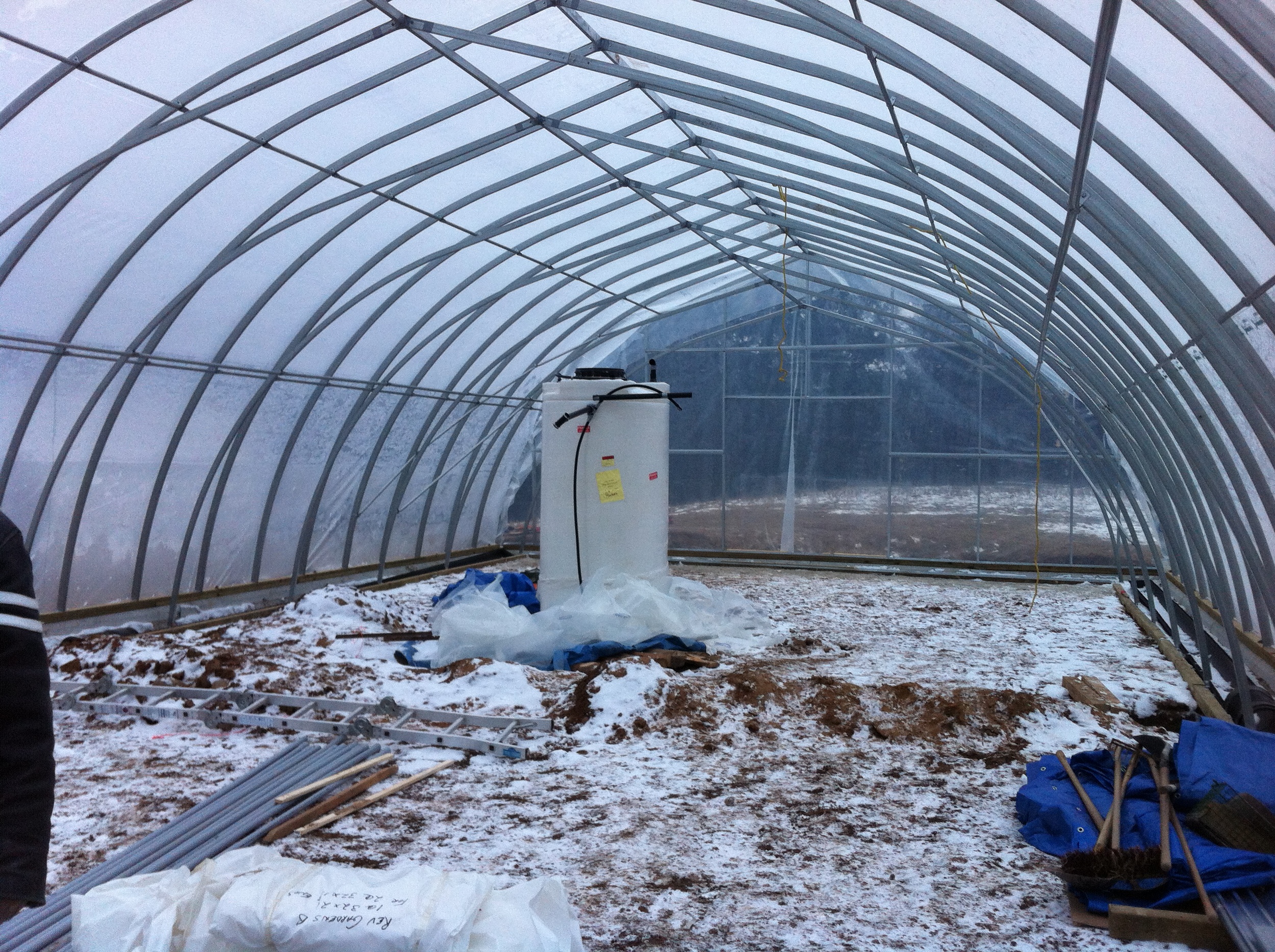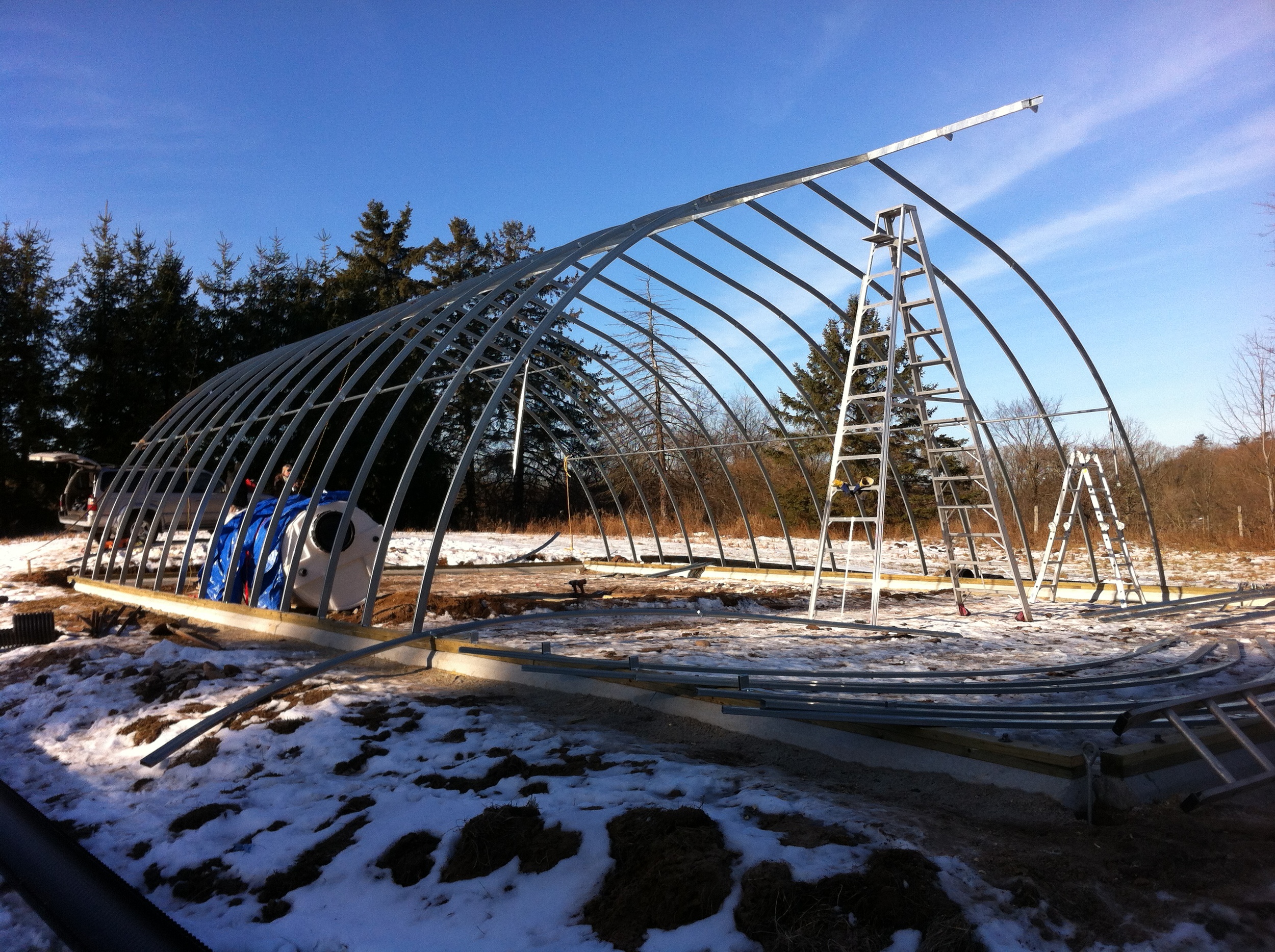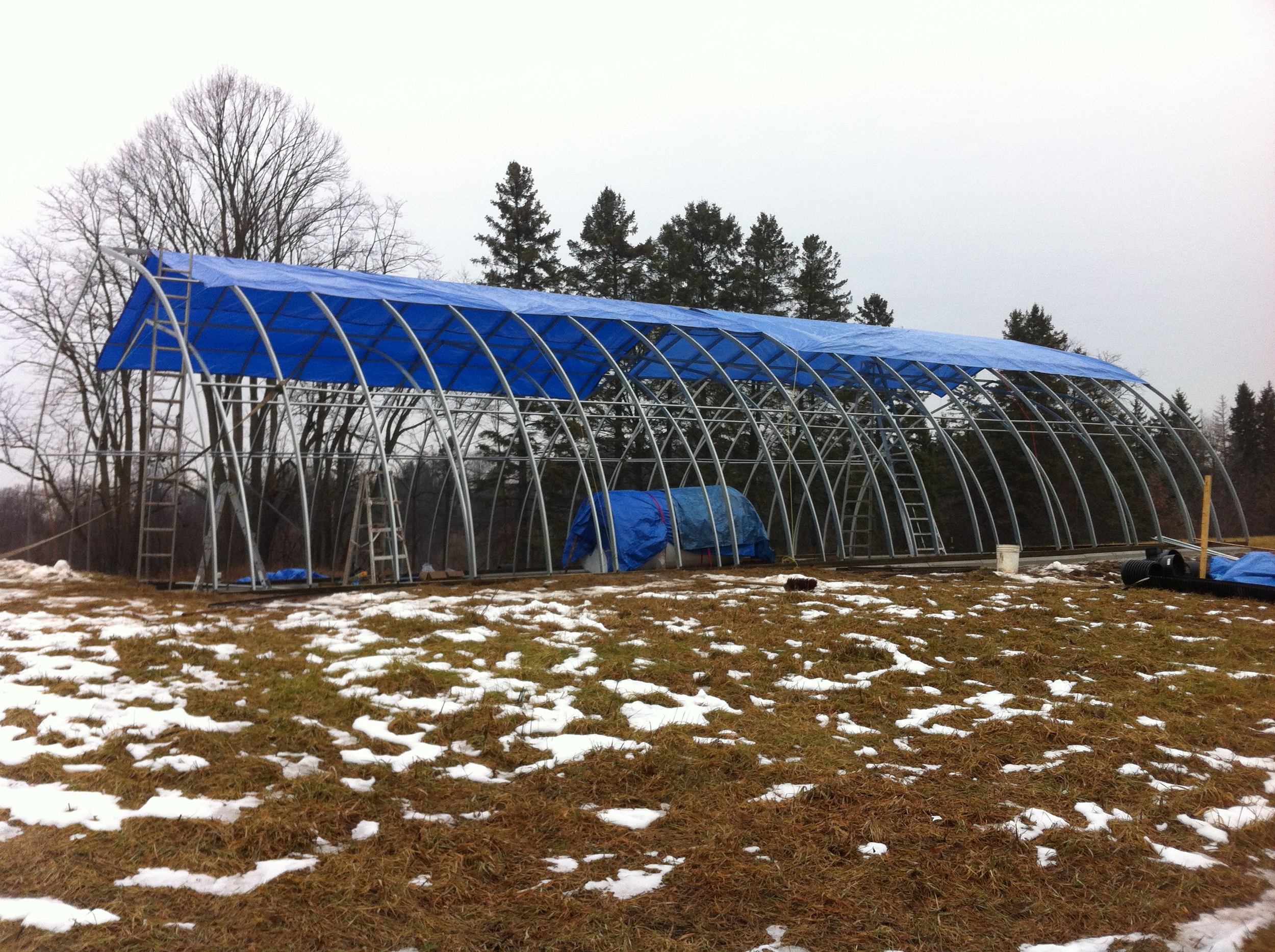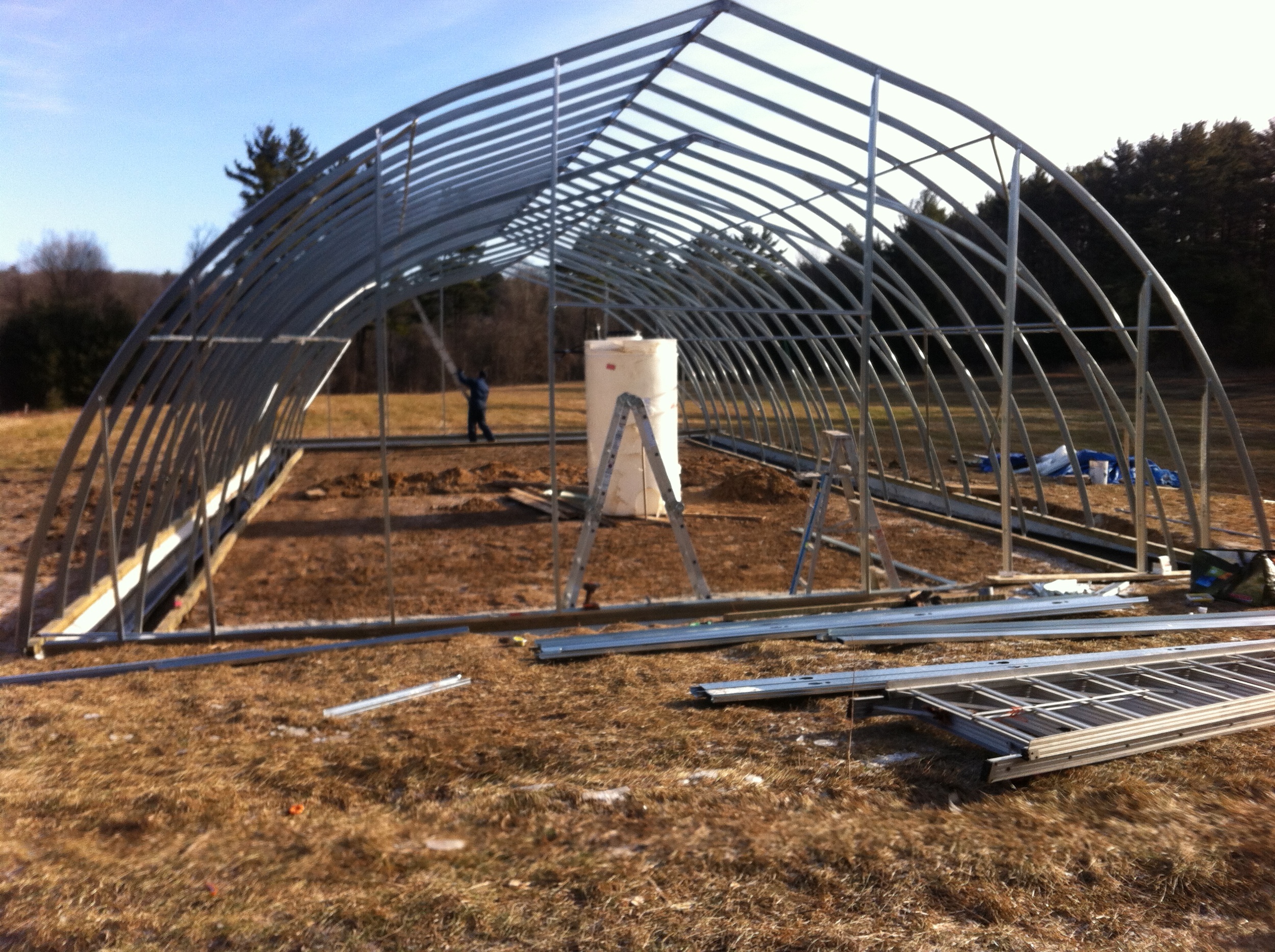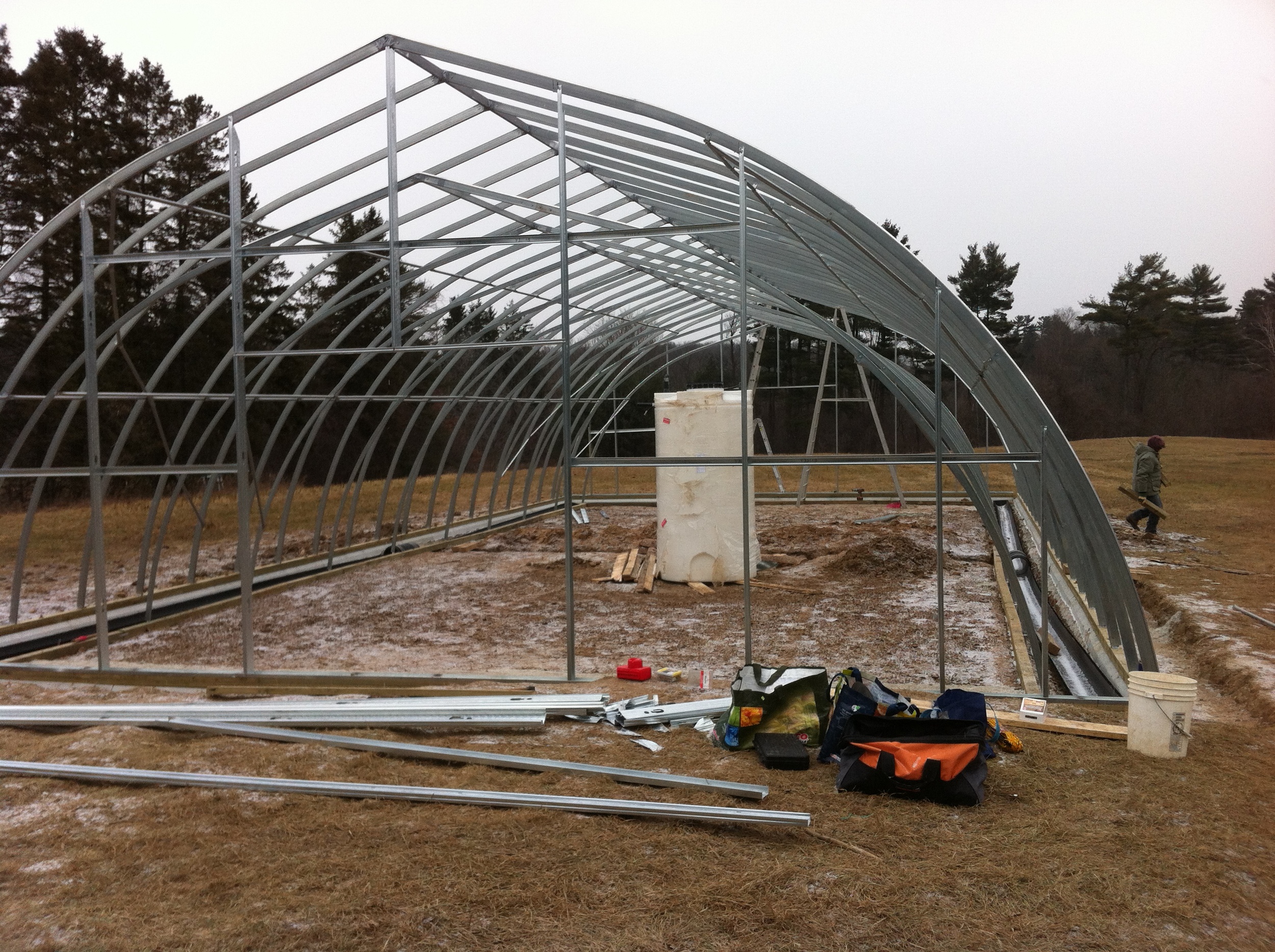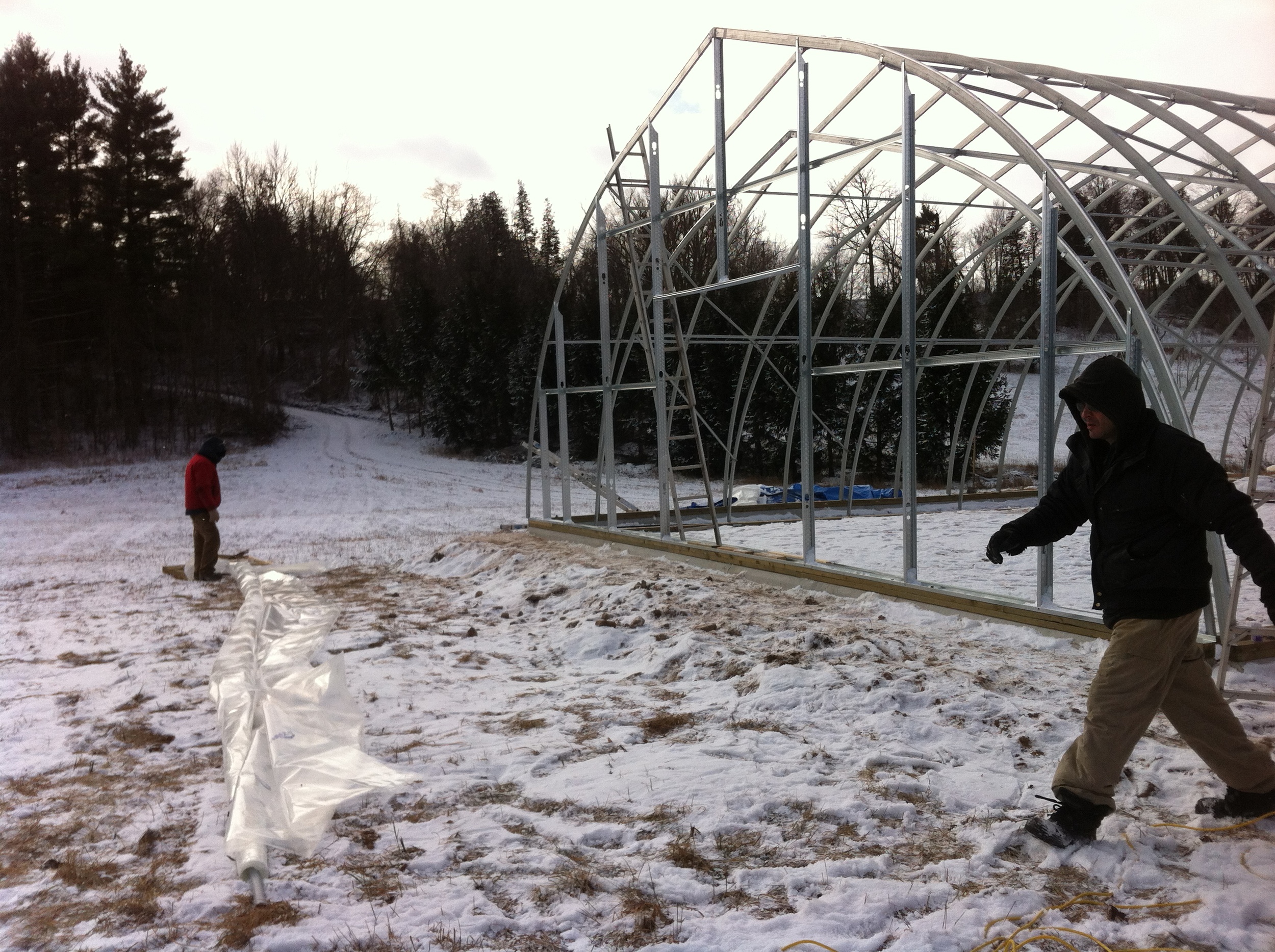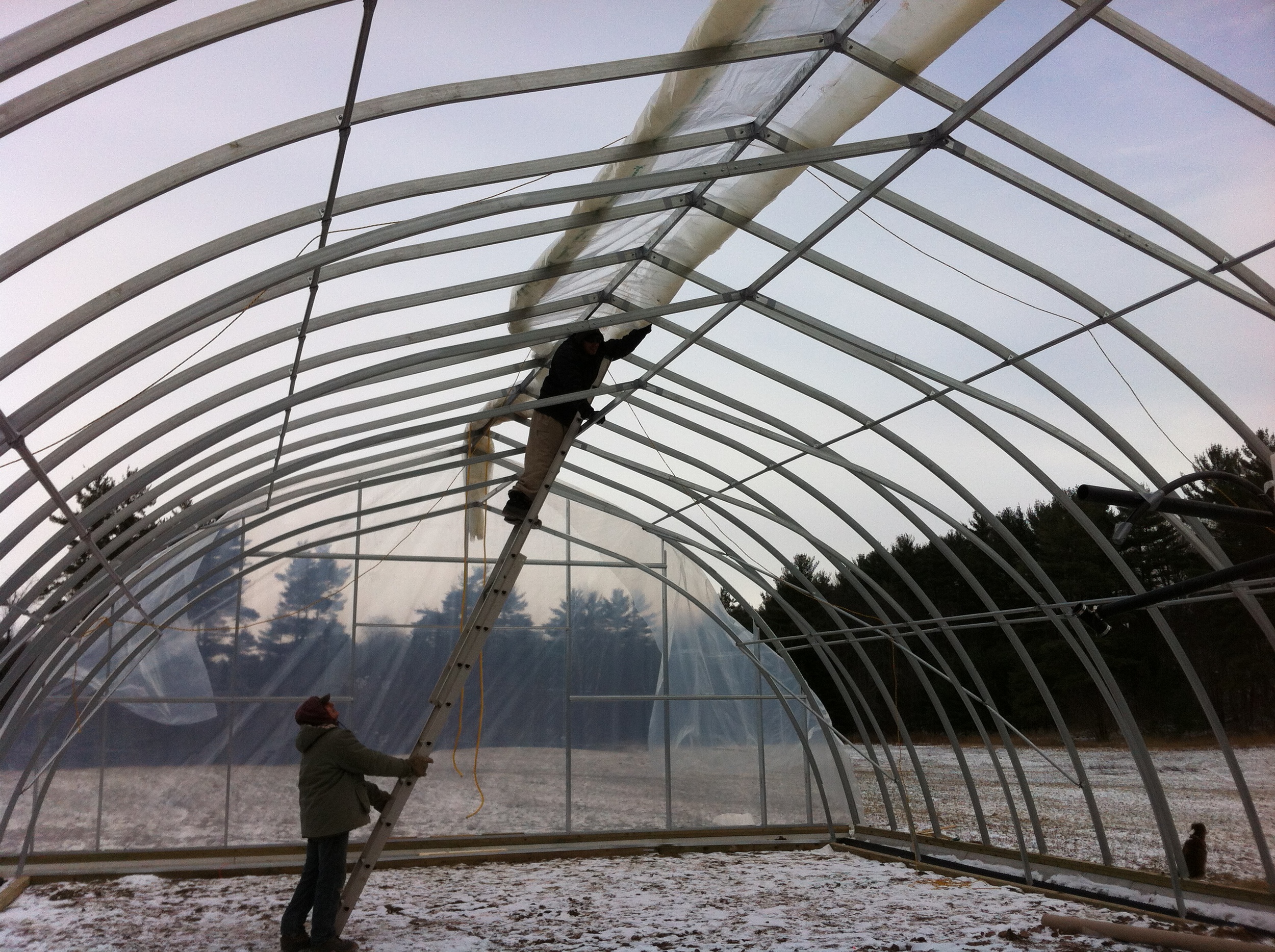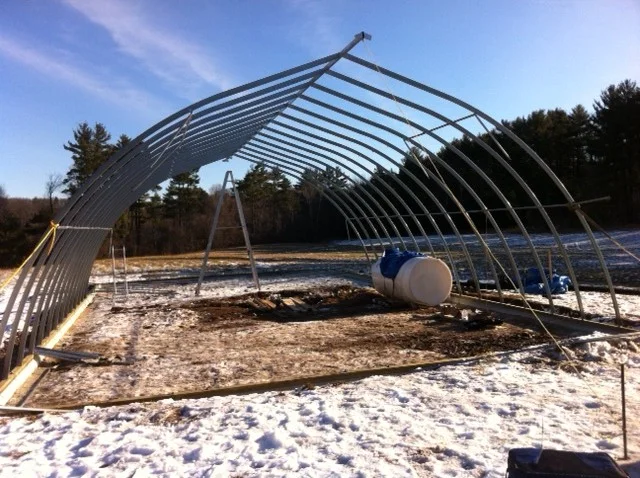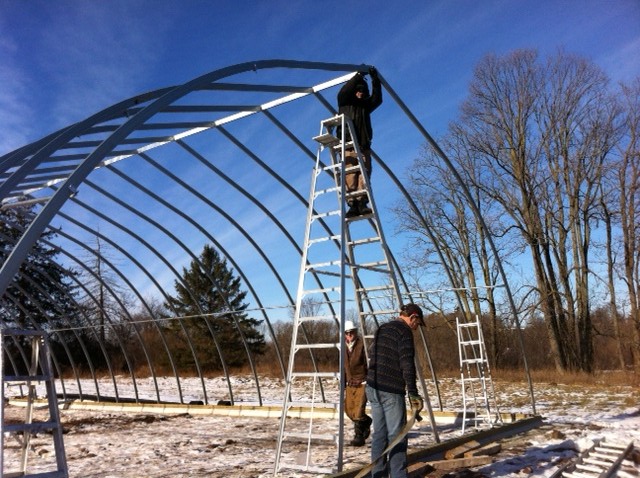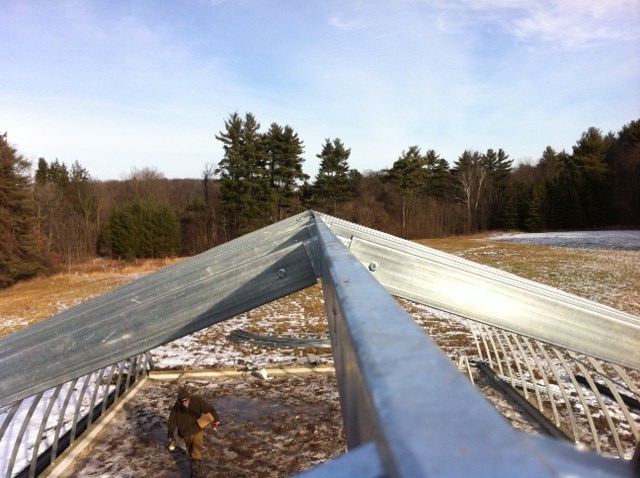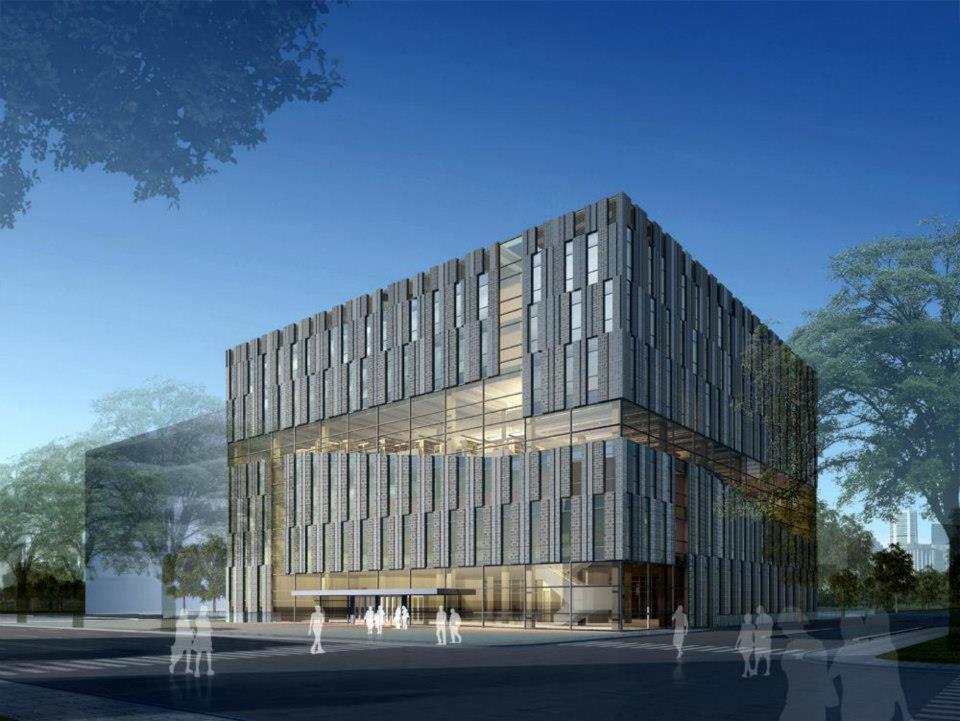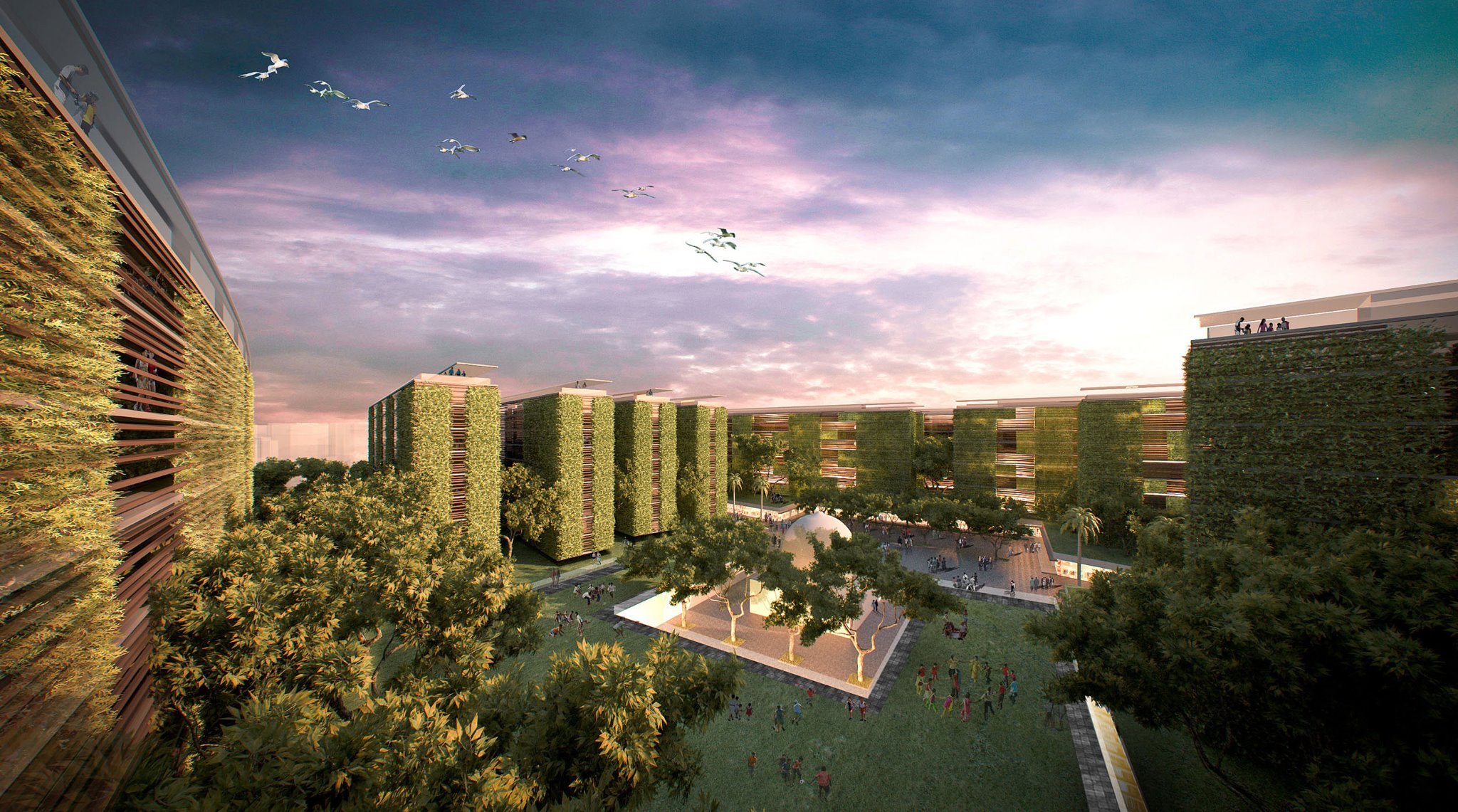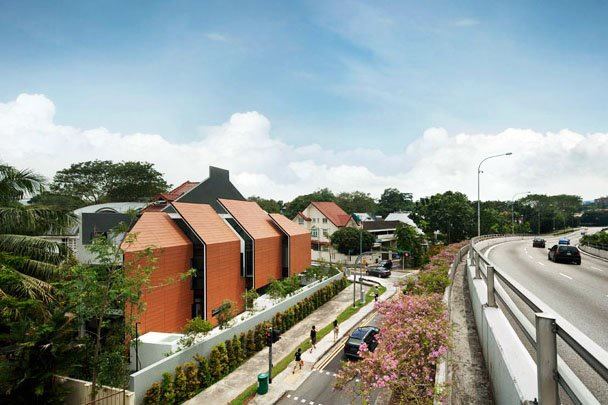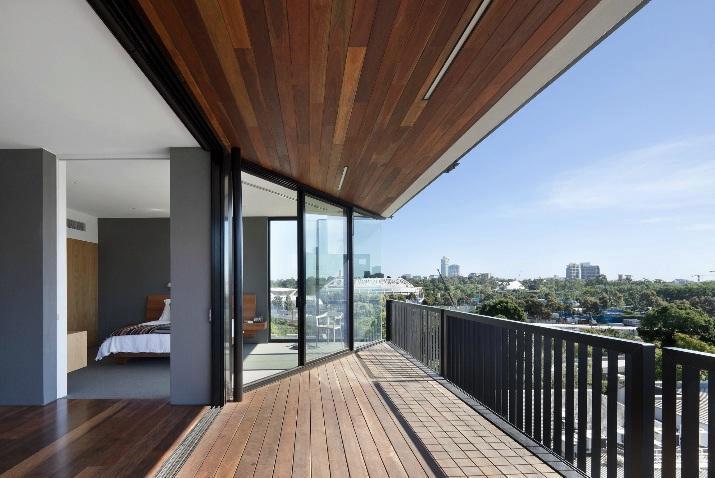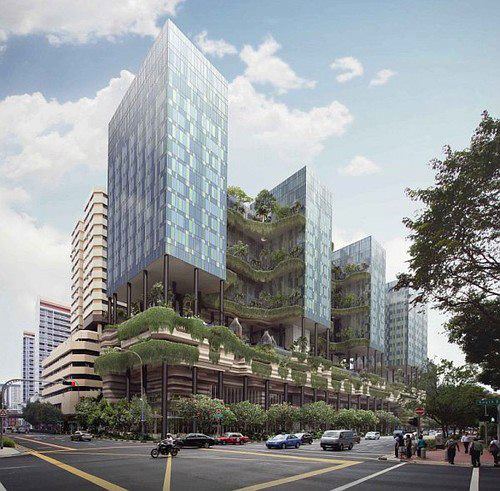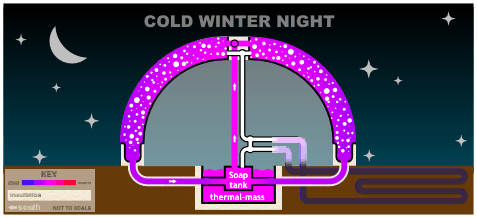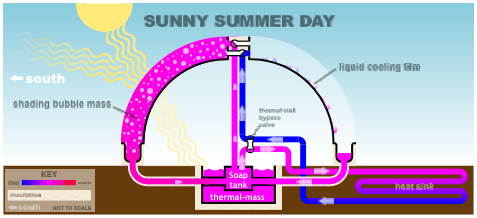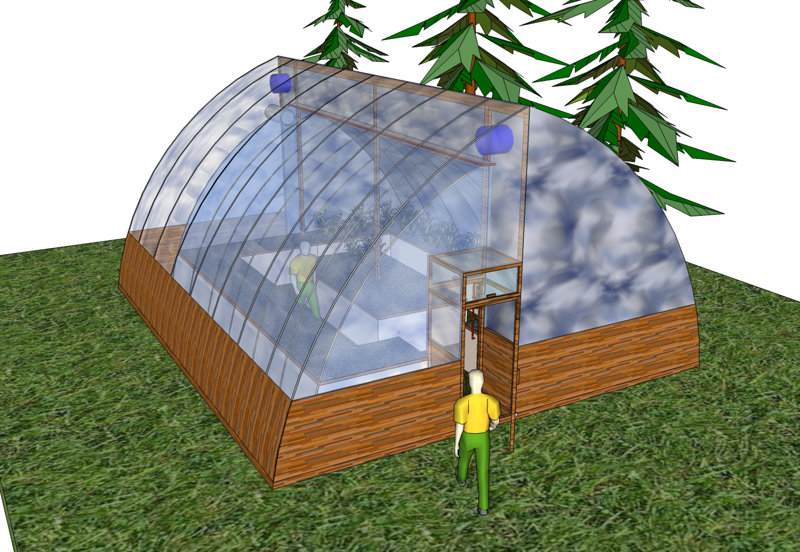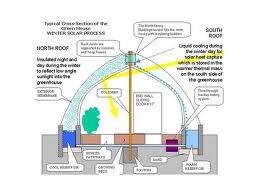Please allow us to introduce ourselves. We are Revolutionary Gardens CSA
Greenhouses. We are currently in the
process of creating an off-grid, sustainable, organic food growing project in
the Toronto Area. This will be achieved
by providing high-efficiency micro-climate-controlled, off-grid greenhouses
with both traditional and innovative aquaponic growing, and water filtration technologies,
to efficiently produce food of the highest quality possible with today’s
technology.
These greenhouses as part of a broader urban agriculture CSA
strategy involving communities who need access who healthy food will be a key
asset to food security in Toronto and the GTA. The global industrialized, high-input, export
driven agricultural production sector, along with concentrated corporate
processing and retailing, is ecologically unsustainable, increasingly
unaffordable, unhealthy and unjust, as noted in a recent report by civil
society organizations in preparation for the UN Special Rapporteur. In Canada, food sovereignty means connecting
the right to consume food with the right to produce
food for local consumption. Revolutionary
Gardens is poised to help build the infrastructure needed to play our part in
securing local food sovereignty. We will be working with local organizations, institutions
and permaculture land/farm projects, to sustainably and equitably produce healthy
food, with and for diverse urban communities.
The greenhouse pilot is based on the bubble solar
greenhouse, a successful model that has been tested in several climates and
shows promise for further adaptation. Working with Photonics, an experienced
renewable energy and water treatment engineering/build company, and others,
we will build on the example of the bubble greenhouse to combine the best of
current technologies to achieve full year round micro climate control for
maximum food production.
The greenhouse will be one of a handful of uniquely
sustainable buildings around the world that makes use of interior-environment
control systems commonly known as SolaRoof technology. When required, a mass of soap bubbles are
held between two transparent skins that form the roof and walls of the building to provide a thick transparent
blanket of insulation or cooling shading.
This design provides an ideal solar controlled
environment for growing horticultural and food crops and maximizing
production while requiring minimum energy and conserving water resources. The liquid bubbles provide hundreds of layers
of bubbles of about 6 mm (1/4 inch) diameter since a typical roof would be one
meter thick. This provides a shade that is similar to cloud cover and absorbs
the invisible heat spectrum of the sun. The advantage is cool daylight under
the transparent roof that greatly reduces stress and improves productivity and
comfort in the controlled environment space.
The liquid bubbles provide a thick blanket of insulation at night that
is able to reduce the heat loss by a factor of ten times as compared to
standard double polyethylene covered greenhouses and is about 15 times
improvement over a single glass covered greenhouse. The renewal of the bubbles brings the stored
solar gain from the liquid thermal mass system to the
building envelope so that no conventional heating is required inside the growing space during cold nights.
These types of innovations in thermal efficiency of
structures have resulted in organizations such as the United States Green Building Council creating
initiatives like LEED (Leadership in Energy & Environmental Design). LEED® is an internationally recognized green
building certification system providing third-party
verification that a building or community was designed and built using
strategies aimed at improving performance across all the metrics that matter
most: energy savings, water efficiency, CO2 emissions reduction,
improved indoor environmental quality, and stewardship of resources and sensitivity
to their impacts.

